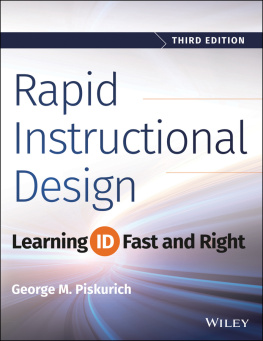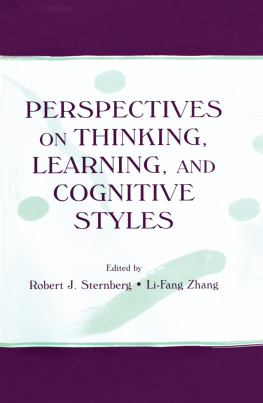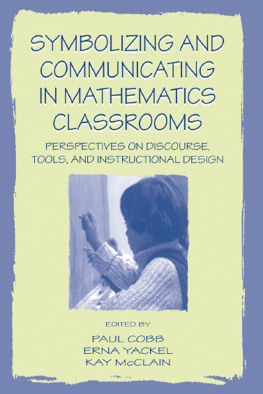Lajoie - Computers as Cognitive Tools: Volume II No more walls: theory change, paradigm shifts, and their influence on the use of computers for instructional purposes
Here you can read online Lajoie - Computers as Cognitive Tools: Volume II No more walls: theory change, paradigm shifts, and their influence on the use of computers for instructional purposes full text of the book (entire story) in english for free. Download pdf and epub, get meaning, cover and reviews about this ebook. City: Mahwah;NJ u.a;USA;United States, year: 2000, publisher: Routledge;Taylor and Francis; Erlbaum, genre: Romance novel. Description of the work, (preface) as well as reviews are available. Best literature library LitArk.com created for fans of good reading and offers a wide selection of genres:
Romance novel
Science fiction
Adventure
Detective
Science
History
Home and family
Prose
Art
Politics
Computer
Non-fiction
Religion
Business
Children
Humor
Choose a favorite category and find really read worthwhile books. Enjoy immersion in the world of imagination, feel the emotions of the characters or learn something new for yourself, make an fascinating discovery.
- Book:Computers as Cognitive Tools: Volume II No more walls: theory change, paradigm shifts, and their influence on the use of computers for instructional purposes
- Author:
- Publisher:Routledge;Taylor and Francis; Erlbaum
- Genre:
- Year:2000
- City:Mahwah;NJ u.a;USA;United States
- Rating:4 / 5
- Favourites:Add to favourites
- Your mark:
Computers as Cognitive Tools: Volume II No more walls: theory change, paradigm shifts, and their influence on the use of computers for instructional purposes: summary, description and annotation
We offer to read an annotation, description, summary or preface (depends on what the author of the book "Computers as Cognitive Tools: Volume II No more walls: theory change, paradigm shifts, and their influence on the use of computers for instructional purposes" wrote himself). If you haven't found the necessary information about the book — write in the comments, we will try to find it.
Computers as Cognitive Tools, Volume II: No More Wallsprovides examples of state-of-the-art technology-based research in the field of education and training. These examples are theory-driven and reflect the learning paradigms that are currently in use in cognitive science. The learning theories, which consider the nature of individual learning, as well as how knowledge is constructed in social situations, include information processing, constructivism, and situativity. Contributors to this volume demonstrate some variability in their choice of guiding learning paradigms. This allows readers the opportunity to examine how such paradigms are operationalized and validated.
An array of instructional and assessment approaches are described, along with new techniques for automating the design and assessment process. New considerations are offered as possibilities for examining learning in distributed situations. A multitude of subject matter areas are covered, including scientific reasoning and inquiry in biology, physics, medicine, electricity, teacher education, programming, and hypermedia composition in the social sciences and ecology.
This volume reconsiders the initial camp analogy posited in 1993 edition ofComputers as Cognitive Tools, and presents a mechanism for breaking camp to find new summits.
Lajoie: author's other books
Who wrote Computers as Cognitive Tools: Volume II No more walls: theory change, paradigm shifts, and their influence on the use of computers for instructional purposes? Find out the surname, the name of the author of the book and a list of all author's works by series.

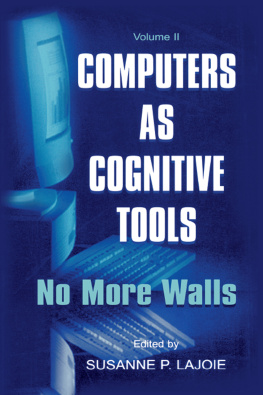

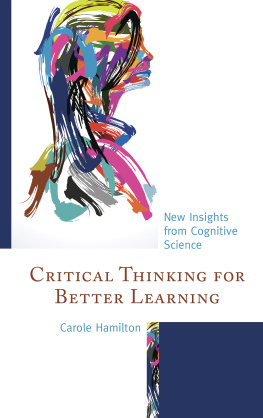
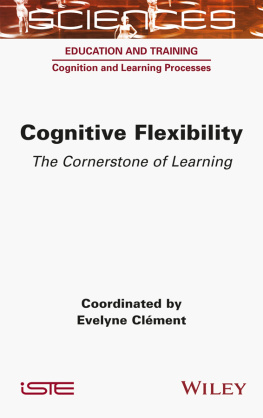
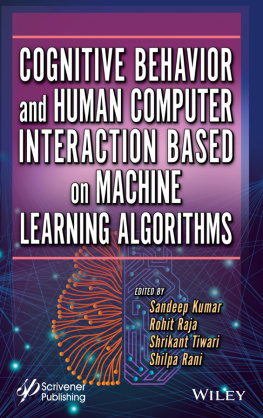

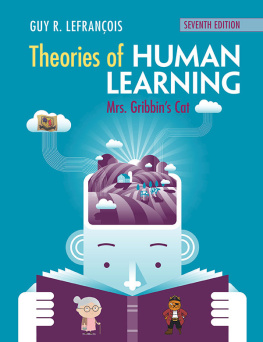
![Lajoie Susanne P(Editor) - Computers as cognitive tools. [1]](/uploads/posts/book/250179/thumbs/lajoie-susanne-p-editor-computers-as-cognitive.jpg)
